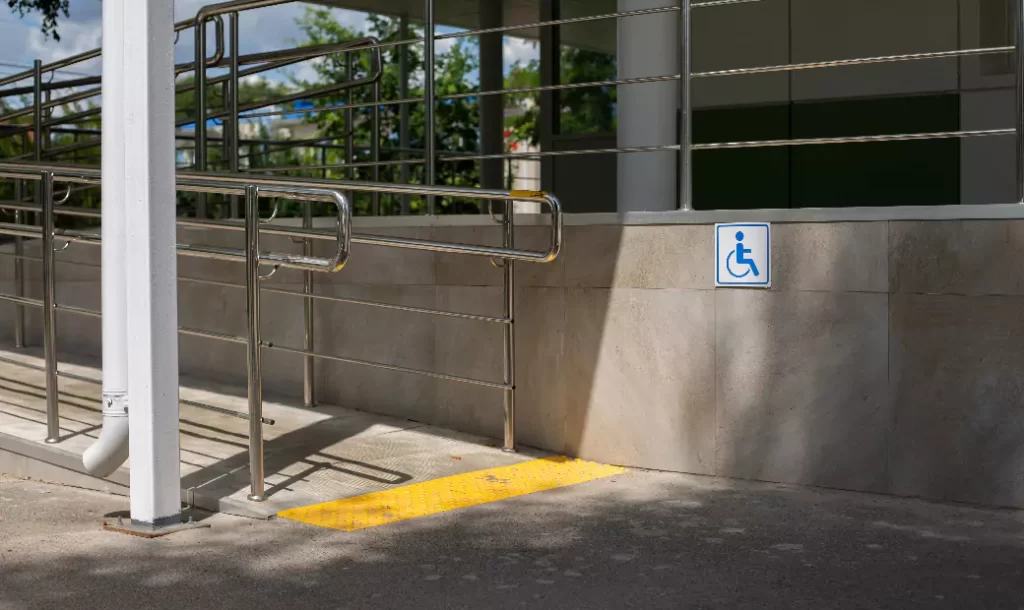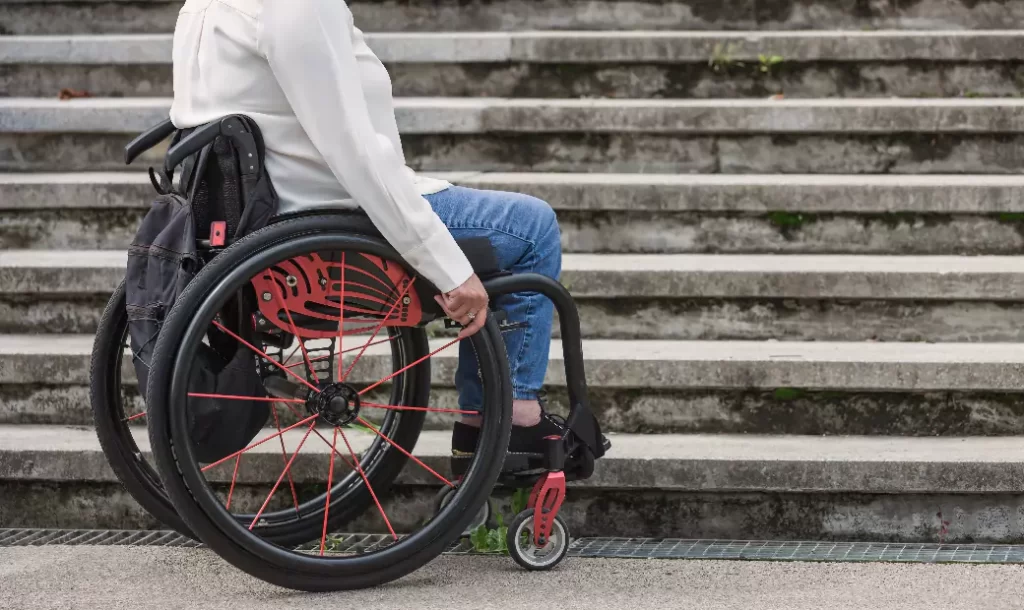Contact Us
Urban Infrastructure Upgrades to Accommodate Motorized Wheelchair Users
2025-07-28
Introduction: A Global Mobility Shift
The global demand for accessible urban infrastructure is on the rise, driven by a growing population of aging adults, individuals with disabilities, and the increasing popularity of electric wheelchairs. These devices are transforming personal mobility, but their full potential can only be realized if cities are designed to support them. From Europe to Asia and North America, governments and urban planners are beginning to reimagine cities not just for pedestrians and cars—but for those who rely on powered mobility.

The Rise of Electric Wheelchairs and Inclusive Design
Electric wheelchairs offer independence and flexibility for users with limited mobility. Unlike manual wheelchairs, these devices are powered, often with customizable controls, offering enhanced travel range and usability on various terrains. Their increasing adoption is pushing urban designers to adapt infrastructure for safety, accessibility, and usability.
In the United States, the CDC reports that 12.1% of adults have serious difficulty walking or climbing stairs, a condition categorized as a mobility disability[¹]. Many individuals in this group rely on power mobility devices such as electric wheelchairs to maintain independence and participate in daily life. Similar trends are evident in countries such as the UK, Japan, and Australia, where inclusive urban planning and transportation upgrades are increasingly prioritized.
Key Urban Infrastructure Barriers
Despite technological advancements, several obstacles continue to hinder electric wheelchair users:
-
Narrow or blocked sidewalks
-
Lack of curb ramps or steep inclines
-
Public transportation with limited accessibility
-
Insufficient charging stations or rest areas
-
Poorly maintained roads or paths
These issues can result in limited access to healthcare, education, and employment for individuals using electric wheelchairs. Urban spaces must now go beyond basic compliance and consider daily lived experiences.

Government Initiatives Driving Change
Several countries are now proactively upgrading infrastructure to meet accessibility needs:
| Country | Initiative or Legislation | Focus Area |
| USA | Americans with Disabilities Act (ADA) | Sidewalks, transportation, public spaces |
| Germany | Barrier-Free City Concept (Berlin) | Inclusive city design, funding programs |
| Australia | Disability Standards for Accessible Public Transport | Bus/train redesign, platform leveling |
| Japan | Act on Promotion of Smooth Transportation | Station elevators, pedestrian-friendly maps |
| Canada | Accessible Canada Act | National standards and municipal grants |
These measures show that accessible design is becoming a legislative priority and not just a design afterthought.
Innovations in Infrastructure for Electric Wheelchair Users
Globally, cities are experimenting with new technologies and infrastructure innovations to support electric wheelchair users:
-
Smart crosswalks that extend time based on crossing speed detection.
-
Modular curb ramps that can be quickly installed and relocated.
-
Universal Design guidelines applied to bus stops and train platforms.
-
Tactile paving and smart navigation apps for better route planning.
-
Charging stations in malls, hospitals, and transit hubs.
Singapore, for example, is actively upgrading its mobility infrastructure to support electric wheelchair users. The Singapore Land Authority (SLA), in partnership with SG Enable, has mapped over 1,100 km of barrier-free routes—including ramps, covered linkways, and lift-equipped crossings—in nine pilot districts. These routes will be integrated into the OneMap app, providing accessible navigation options tailored to wheelchair users[²].
Public Transport: A Critical Access Point
Public transportation remains a challenging yet essential domain for electric wheelchair users. Countries like the UK and South Korea have focused on low-floor buses, dedicated wheelchair bays, and lift-equipped vehicles. Tokyo Metro has deployed station staff trained to assist wheelchair users, while New York’s MTA is undergoing a $5 billion accessibility upgrade to comply with ADA requirements[³].
The Role of Urban Planners and Smart Cities
Urban planners now face the challenge of integrating electric wheelchair needs into broader Smart City strategies. This includes:
-
Real-time accessibility data in mapping apps like Google Maps and Wheelmap.
-
AI-powered traffic signals that adjust for wheelchair movement.
-
Crowdsourced hazard reporting for blocked or unsafe paths.
Industry and Manufacturer Collaboration
Manufacturers of electric wheelchairs are also contributing to the infrastructure discussion. Some provide GPS tracking for battery life and performance, while others collaborate with governments to test curb navigation or road performance.
However, it’s important to separate product marketing from urban policy. Governments must prioritize neutrality when selecting mobility solutions and avoid over-reliance on brand-specific systems. Cross-sector collaboration, including engineers, policy makers, disability advocates, and tech developers, is key.
Future Outlook and Recommendations
Looking forward, several trends are expected to shape the landscape of urban mobility:
-
Global standardization of accessibility codes.
-
Increased funding for disability-inclusive urban upgrades.
-
Climate-conscious urban design that aligns green mobility with accessibility.
-
Growth of mobility-as-a-service (MaaS) platforms that include wheelchair-accessible vehicles.
The goal should be to create cities where electric wheelchair users can navigate independently, efficiently, and with dignity.
Conclusion: Building Cities for All
Urban infrastructure upgrades to accommodate motorized wheelchair users are no longer optional—they are essential for equality, public health, and human dignity. As the world embraces innovation and inclusivity, electric wheelchair users must be central in the dialogue of modern city design. From charging docks to public transit access, a barrier-free world is within reach—if we design for it.
References
[¹] Centers for Disease Control and Prevention. (2024). Disability Impacts All of Us (Infographic).
[²] The Straits Times. (2024, January 30). Barrier-free routes for wheelchair users to be shown on OneMap app from March 2024.
[³] New York Metropolitan Transportation Authority. (2023). MTA Accessibility Upgrades Plan.


